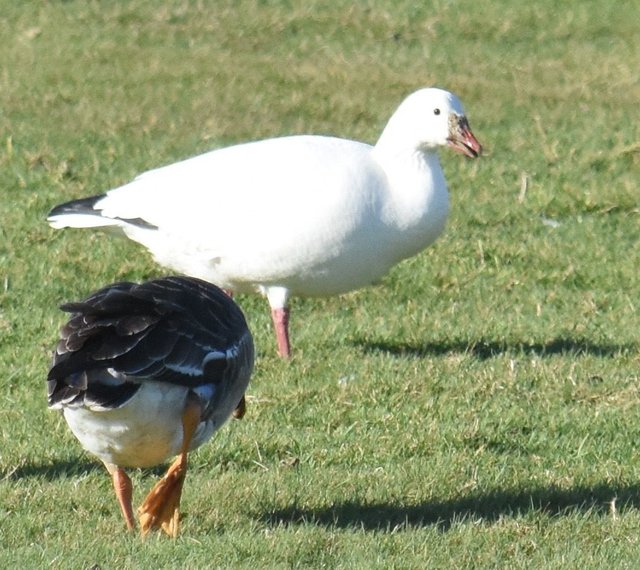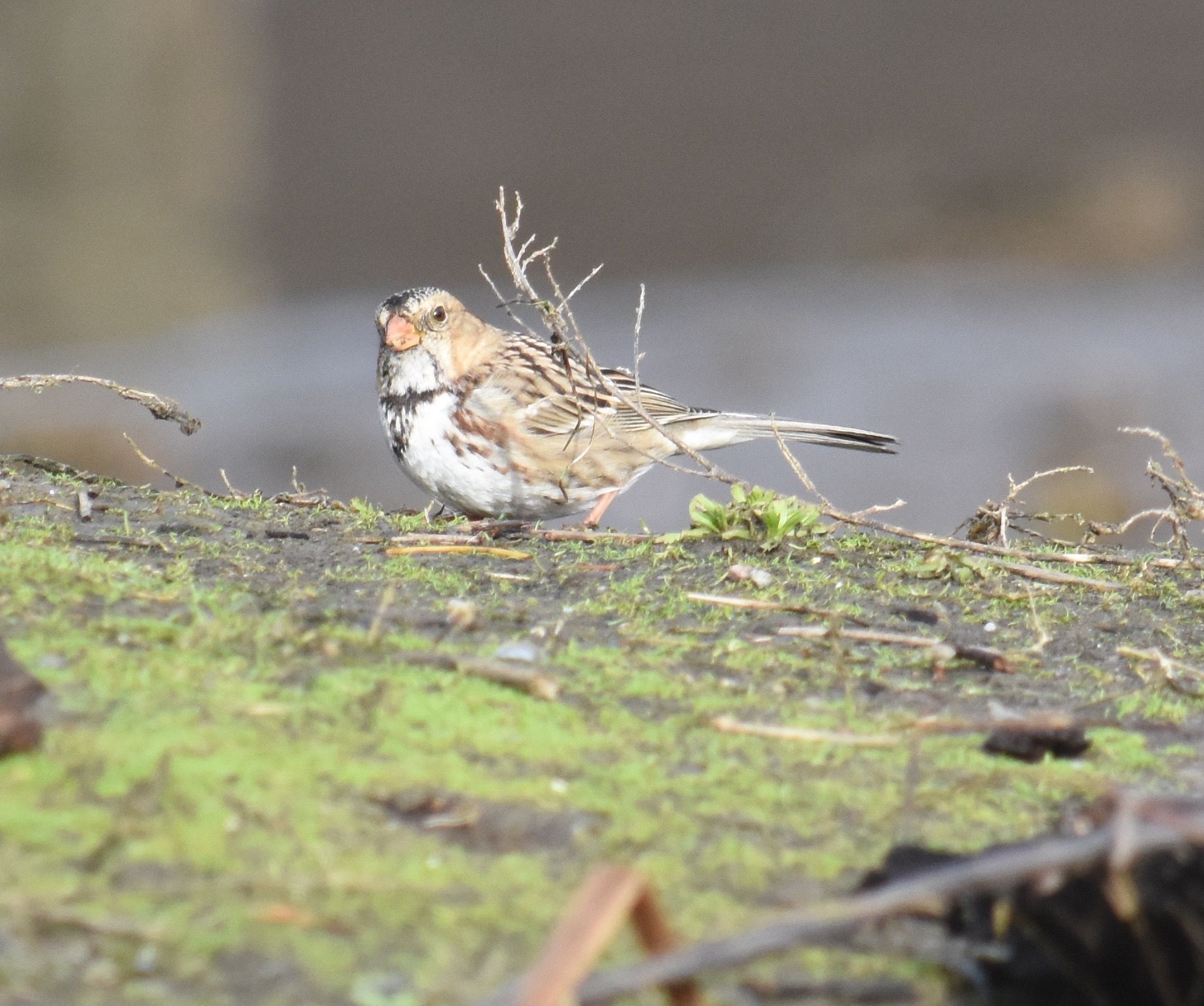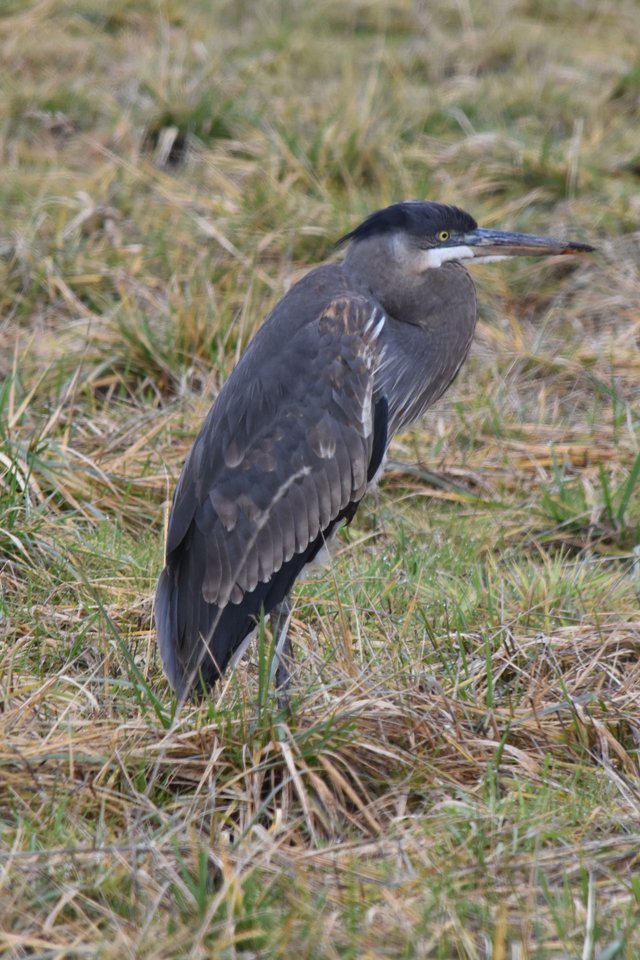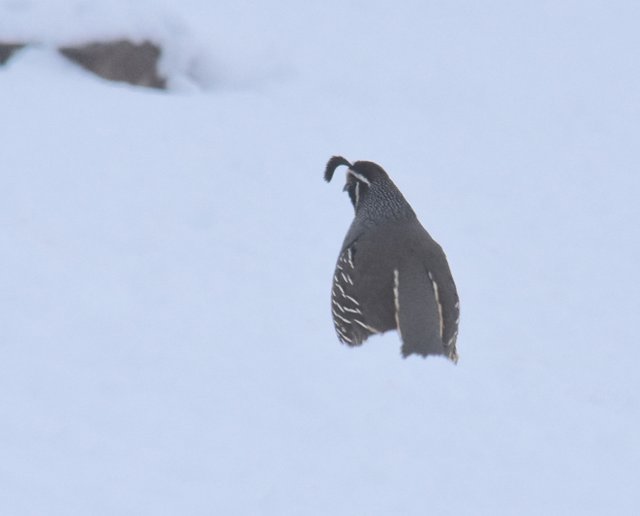How to get started as a Birder

This is a photo of a Ross's goose (the white bird) and a Greater white-fronted goose (tail end view)
Those of us who are passionate about finding, identifying, watching, hearing and studying birds call our selves birders. It is so much more than just bird watching, that we think birding is a better descriptive name. There has never been an easier time to acquire the skills and knowledge you'll want to improve as a birder. Nearly every major area in the world now has a good field guide to let you identify the birds you see. Many of these field guides area available as a smart-phone app to allow you a very portable bird identification aide.

Harris's Sparrow
Many hardware, online resources and field guides have been developed that help beginning birders rapidly improve their birding skillset. That said the single most important thing a beginning birder can do is find ways to get out birding with more experienced birders and learn from them. In North America the easiest way to do this is to contact your local Audubon Society and find out about local birding field trips. Often these are free to join and are usually led by good birder who is usually excited to help beginners with bird identification. Many Audubon chapters also offer birding classes for beginners and sometimes for more advanced birders. I cannot overemphasize that birding with strong birders can accelerate your progress as a birder tremendously.

Great Blue Heron: a very common North American species
The tools of birding become better almost by the month. Optics have never been better or more affordable. Good advice from most experienced birders is to buy the best binoculars you can afford, and the cost of good binoculars has never been better. Mid-priced binoculars now are about as good as the best available binoculars available 20 years ago. Top quality binoculars are just ridiculously good, and low-end binoculars are very inexpensive. A good guide to binoculars is available from Audubon. http://www.audubon.org/gear/binocular-guide This list does not include the least expensive binoculars, but if you can afford even the least expensive of these listed you'll be off to a good start. In general look for binoculars with approximately a 1:5 ratio of magnification power to lens diameter. Examples are 7x35, 8.5x42 or 10x50 power. The higher the lens size the heavier and harder to hold still the binoculars will be. The higher the ration or lens size to power the larger the field of vision and the greater amount of light intake will be. Lens coating and overall quality of the binoculars play major roles in these factors also, but these general power to lens size ratio factors are important to consider. Most birders use binoculars in the 7x35 to 10x50 range, with many favoring the lower power and larger lens options like 8.5 x 42.
Beginners may struggle with just finding the birds they see in their binoculars. The trick is to find the bird with our bare eyes, keep your eyes on the bird, and bring the binoculars into position. If you do this without taking your eyes off the bird, you should find the bird in the center of the binocular view. There are good videos on how to use binoculars available online.
Digital cameras have allowed birders to photograph the birds they see without the prohibitive cost of film and photo development. Spotting scopes have become so good that identification of birds at great distance is more possible than ever.

Part of a flock of large shorebirds called Godwits. The one lighter colored bird is a Bar-tailed godwit. The rest are Marbled godwits.
These advances in field guides and hardware cost and quality have been just the start of a birders tools. The online information age advances have led to bird finding information that is easy to follow and more prolific by the day. In the western hemisphere most birders post their sightings to the Cornell University Ornithology Lab's eBIrd. Birders use eBird to keep track of their own bird sightings, share checklists with birders they bird together with, and birders check eBird regularly to see what other birders have seen in their locality. In Europe the site Euro Bird Portal http://www.eurobirdportal.org/ebp/en/ is often used in place of eBird.
So here are the steps to jump-starting your skills and enjoyment as a beginning birder:
- Take advantage of going birding with experienced birders.
- Acquire binoculars, optimally the best quality you can afford, and learn to use them.
- Get a good field guide to identification of the birds in your area of the world.
- Use eBird or an alternative online resource to record your sightings and see what others are finding in areas of interest to you.
- Have fun birding, studying, meeting other birders and joining the wider birding community.
Study each new bird you see, watching not just major field marks, but behavior, habitat preferences, minor nuances of color, shape and size. Use easy to watch birds like ducks or feeder birds for practice honing your observation skills.
Good birding!

A California quail half buried in the snow.